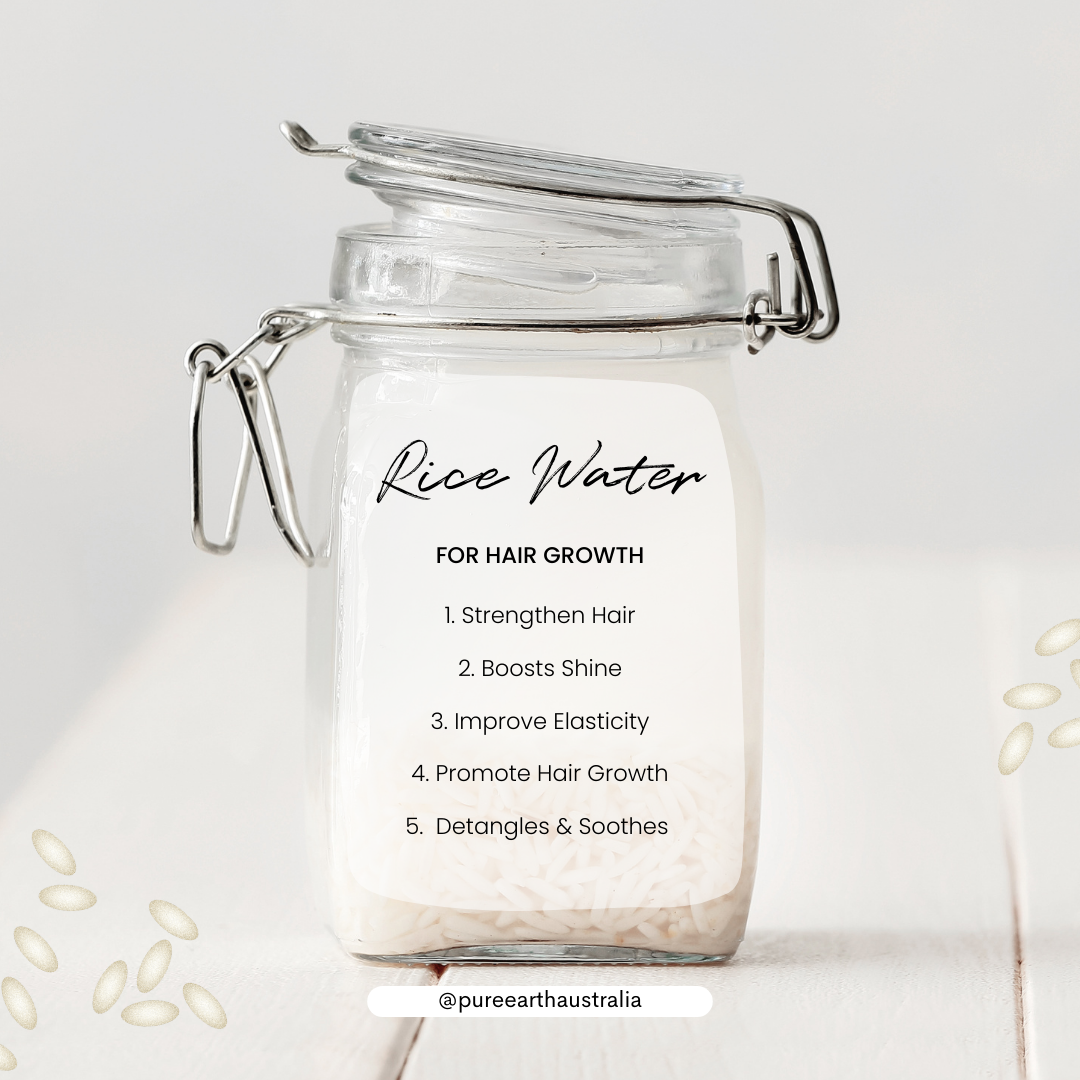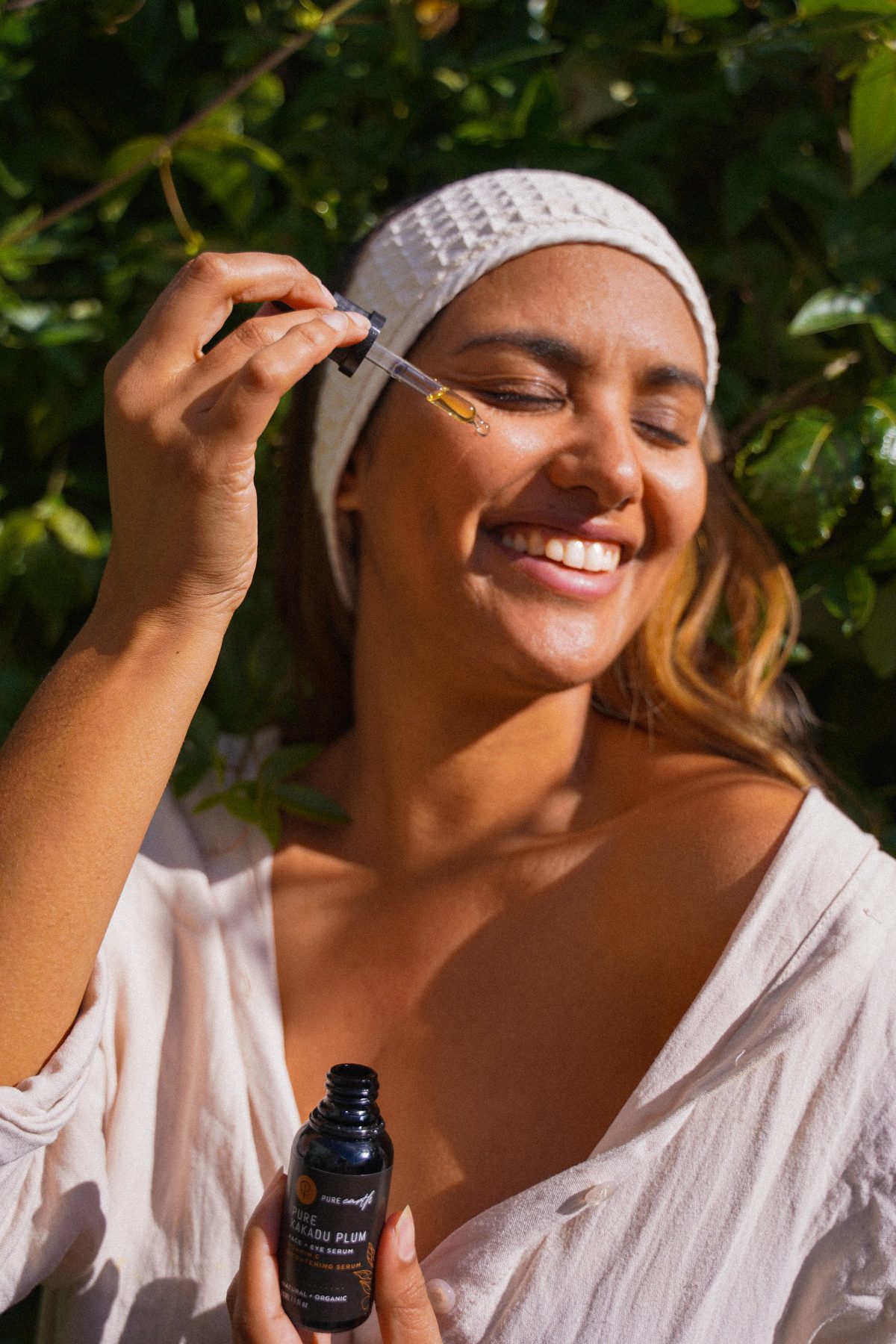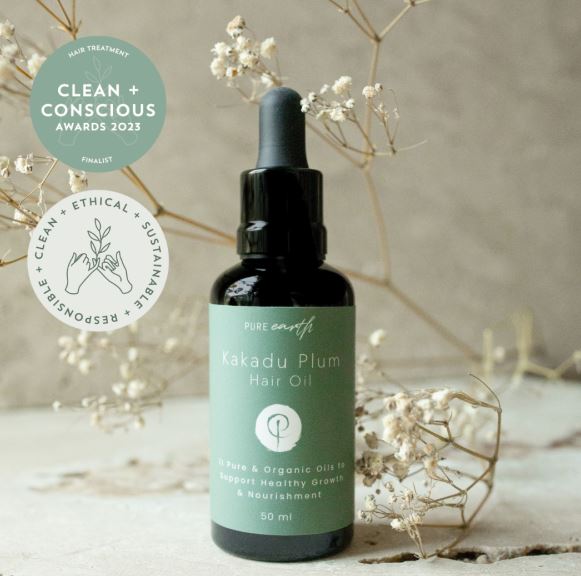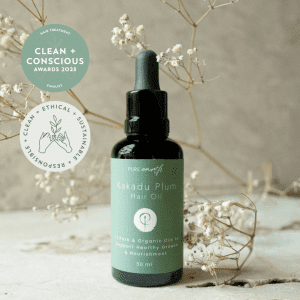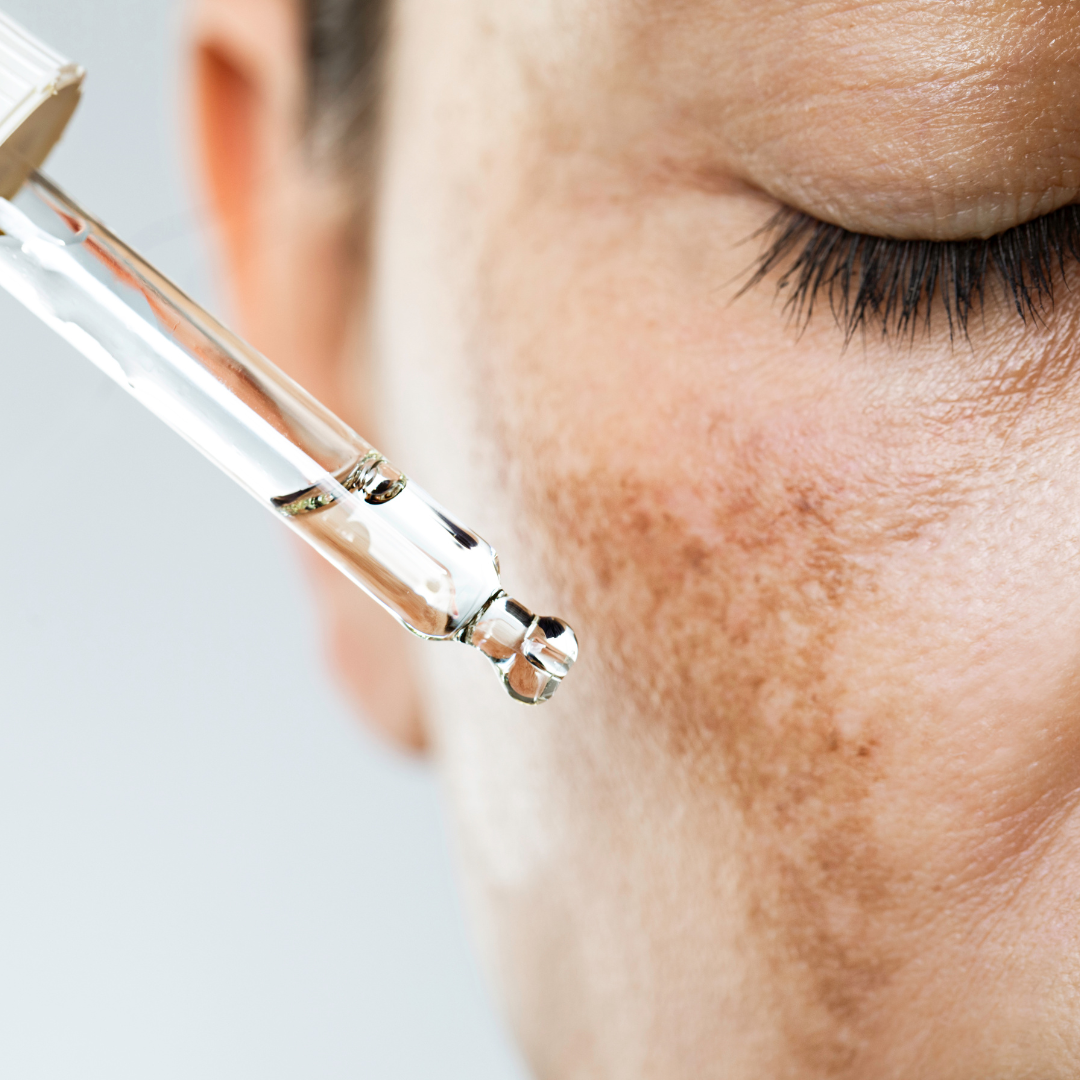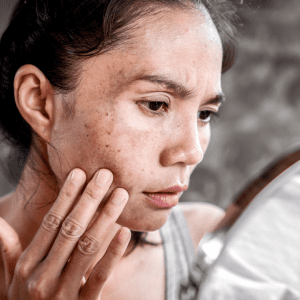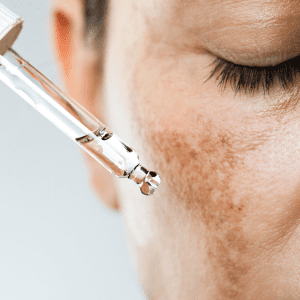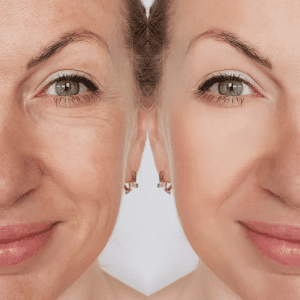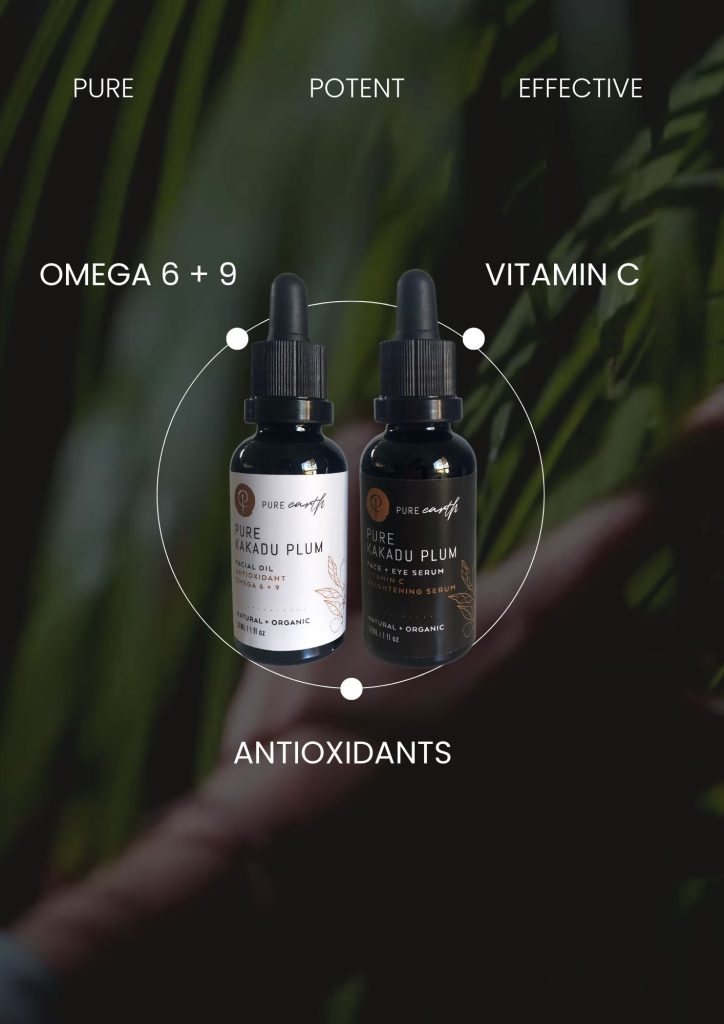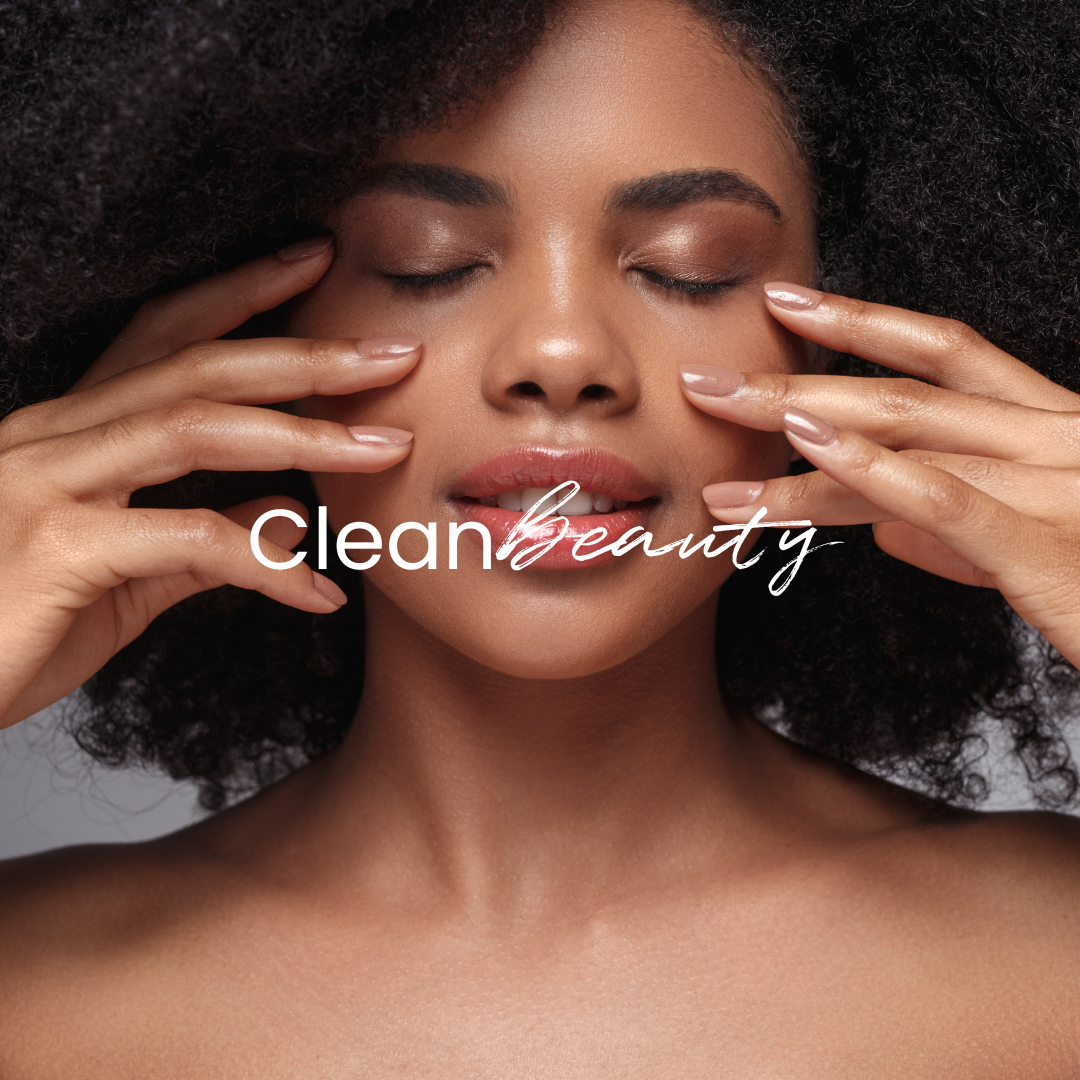
Phthalates were first introduced to make plastics softer, more flexible, and durable. Over time, their use expanded beyond just plastic products. Big brands began incorporating phthalates into everyday beauty products such as cosmetics, fragrances, lotions, and even personal care items. While these chemicals may be common in our daily lives, they carry potential health and environmental risks that should not be overlooked.
Phthalates and Potential Health Risks
Phthalates are known to be harmful to human health in several ways, making it essential to avoid them in personal care and beauty products. Here are the key health risks associated with phthalates:
Endocrine Disruption
Phthalates can disrupt your endocrine system, which regulates hormones in the body. These chemicals mimic or block hormones, leading to issues like fertility problems, hormonal imbalances, and developmental issues in both men and women.
Reproductive Harm
Phthalates have been linked to lower sperm quality, hormone imbalances in men, and infertility in women. Long-term exposure can impact reproductive health, increasing risks for complications during pregnancy and fetal development.
Increased Risk of Asthma
Phthalates are present in many fragranced products and can trigger or aggravate asthma and allergies, particularly in children. Regular exposure to phthalates in household products or personal care items can exacerbate respiratory conditions.
Carcinogenic Concerns
Although more research is needed, some studies have raised concerns about phthalates being potentially carcinogenic. Long-term exposure may increase the risk of certain types of cancers, making it important to reduce or eliminate them from your routine.
Phthalates and Environmental Risks
Phthalates don’t just harm our bodies; they pose a significant threat to the environment as well:
Environmental Contamination
Phthalates leach into water and soil, contaminating the environment. These chemicals are not biodegradable, meaning they persist in ecosystems long after they’ve been released.
Disrupting Wildlife
Phthalates can accumulate in wildlife, leading to reproductive harm and disruptions in hormone systems. These effects can ripple through ecosystems, harming both animals and plants, and contributing to broader environmental degradation.
How to Avoid Phthalates in Your Daily Life
Reducing your exposure to phthalates doesn’t have to be difficult. By making informed choices about the products you use, you can protect both your health and the environment.
Choose Natural Products
Opt for phthalate-free skincare and beauty products. Brands like Pure Earth use only natural, toxin-free ingredients, ensuring that you’re nourishing your skin without harmful chemicals.
Look for “Fragrance-Free” Products
Synthetic fragrances often contain phthalates. Choose fragrance-free products or those explicitly labeled “phthalate-free” to avoid unnecessary exposure.
Avoid Plastics
Whenever possible, use glass, stainless steel, or other non-toxic alternatives to plastics, especially for food storage and water bottles. Phthalates are commonly found in soft plastics, so eliminating these from your home is an effective way to reduce your exposure.
Read Labels Carefully
Many products contain vague terms like “fragrance,” which may hide phthalates. Always check labels and opt for natural materials over plastics, especially PVC or other flexible plastics commonly found in household items.

Credible Sources for More Information on Phthalates
At Pure Earth, we believe in empowering our customers with knowledge to make healthier choices. To learn more about phthalates and their effects, check out these credible sources:
Environmental Working Group (EWG)
Website: https://www.ewg.org
Centers for Disease Control and Prevention (CDC)
Website: https://www.cdc.gov
National Institutes of Health (NIH) – National Library of Medicine
Website: https://www.ncbi.nlm.nih.gov
World Health Organization (WHO)
Website: https://www.who.int
Food and Drug Administration (FDA)
Website: https://www.fda.gov
By choosing natural, phthalate-free products like those offered by Pure Earth, you can protect your health and reduce your environmental impact. Start making conscious decisions today for a healthier tomorrow!
